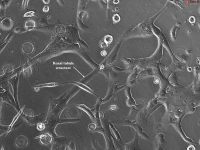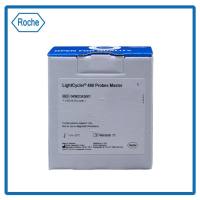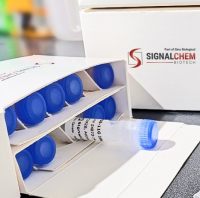The deposition of peptides and proteins as amyloid fibrils is a common feature of nearly 50 medical �disorders affecting the brain or a variety of other organs and tissues. These disorders, which include Alzheimer’s disease, Parkinson’s disease, the prion diseases, and type II diabetes, have an enormous impact on the public health and economy of the modern world. Extensive research is therefore taking place to determine the underlying molecular mechanisms and determinants of the pathological conversion of amyloidogenic proteins from their soluble forms into fibrillar structures. The use of molecular probes and biophysical techniques, such as X-ray crystallography and particularly NMR spectroscopy, are allowing detailed analysis of the mechanism of fibril formation and of the underlying structural and chemical features of the associated pathogenicity. Nanobodies, the antigen-binding domains derived from camelid heavy-chain antibodies, are excellent tools to probe protein aggregation as a result of their exquisite specificity and high affinity and stability, along with their ease of expression and small size; the latter in particular allows them to be used very efficiently in combination with NMR spectroscopy and X-ray crystallography. In this chapter we present an overview of how nanobodies are being used to obtain detailed information on the mechanisms of amyloid formation and on the nature and origin of their links with human diseases.






